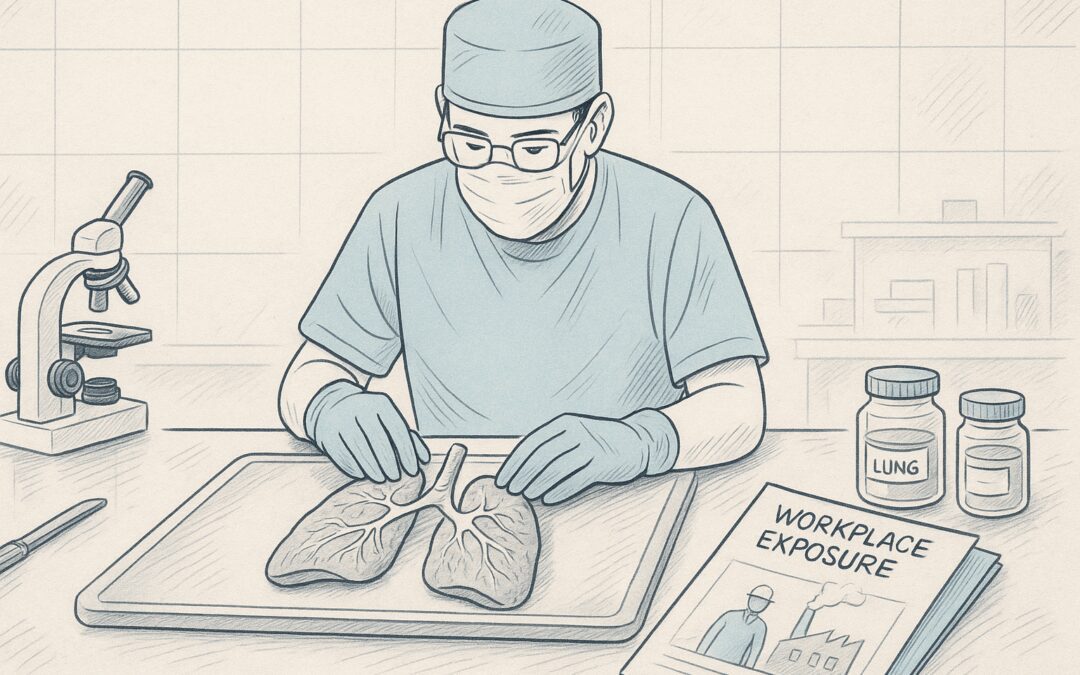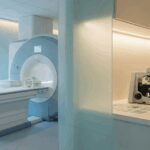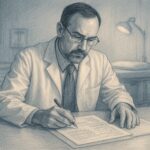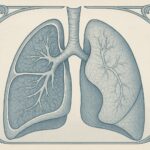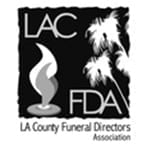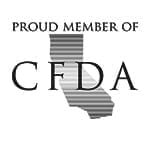Understanding the Link Between Workplaces and Respiratory Deaths
Occupational lung diseases develop silently, often taking decades before symptoms begin to appear. During those years, workers inhale harmful particles without realizing the long-term damage. These airborne hazards include asbestos, silica dust, coal particles, welding fumes, chemical vapors, and even fine particulate matter generated by combustion. Exposure can happen in industries like mining, shipbuilding, construction, demolition, insulation installation, and manufacturing.
Many workers never connect their persistent coughs, breathlessness, or chest pain with the job they did. Employers may not warn them. Physicians might misdiagnose symptoms as routine asthma or bronchitis. By the time the illness becomes disabling or fatal, the link to workplace exposure may be obscured. This is why families, years later, often turn to autopsies for clarity.
Lung-only autopsies uncover what clinical imaging and incomplete health records may overlook. Families who lose a loved one to respiratory failure, undiagnosed mesothelioma, or a mysterious lung condition often carry unanswered questions. Was this death caused by years spent working around asbestos insulation? Could this have been prevented with protective equipment? Were there missed signs?
A lung-focused autopsy investigates these concerns. It examines the lungs and surrounding chest cavity without involving the entire body. This targeted postmortem approach allows pathologists to evaluate direct damage from occupational exposures while respecting family preferences for a less invasive procedure.
What Lung-Only Autopsies Reveal
Lung-only autopsies are powerful investigative tools. Pathologists examine lung tissue under microscopes using advanced staining and imaging techniques. They look for clear physical evidence of work-related disease. This includes pleural plaques, fibrosis, granulomas, scarring, chronic inflammation, and the presence of fibers like asbestos or crystals like silica embedded in lung tissue.
These findings help confirm the presence of conditions such as:
- Malignant pleural mesothelioma
- Silicosis
- Asbestosis
- Chronic obstructive pulmonary disease (COPD) linked to industrial exposure
- Occupational asthma
- Pulmonary fibrosis from unknown environmental causes
Each discovery provides a piece of the larger puzzle. A history of working in demolition, for example, might match with autopsy evidence of asbestos fiber buildup. Similarly, mining work correlates with specific patterns of silica dust damage. Pathologists use both biological evidence and occupational history to draw precise medical conclusions.
Some families are unaware their loved ones ever worked in high-risk environments. Autopsy findings can uncover hidden exposures, leading to revelations that bring both closure and accountability.
Supporting Legal and Compensation Claims
Legal claims involving occupational diseases often require solid forensic documentation. When a loved one dies, especially under uncertain medical circumstances, a lung-only autopsy can provide the necessary proof to pursue compensation.
A detailed final pathology report includes:
- Gross and microscopic examination findings
- Lung tissue imaging and slide interpretation
- Chemical analysis identifying fibers or toxins
- A medically supported cause of death
This report supports lawsuits for wrongful death, asbestos litigation, and workers’ compensation claims. It also holds value for veterans exposed to toxic materials during military service. Attorneys rely on these documents to build airtight arguments in legal proceedings.
In some cases, families learn posthumously that their loved one was exposed without proper training, equipment, or safety monitoring. The autopsy helps demonstrate not only cause but also the consequence of that neglect. This can be pivotal in securing long-overdue accountability.
Even when a diagnosis of lung disease existed before death, a lung-only autopsy can confirm and deepen the findings. It can detect overlapping conditions or environmental contributions that weren’t documented while the person was alive.
Helping Families Heal Through Clarity
The emotional impact of occupational illnesses extends beyond the individual. Families often wrestle with regret and confusion. They may question their decisions, wonder if better treatment could have been sought, or blame themselves for not recognizing symptoms sooner.
A lung-only autopsy provides factual clarity. It takes speculation out of the picture. When families receive a detailed report from a pathologist, they better understand what their loved one endured and why treatment may have failed. Knowing the true cause of death enables them to process grief more completely.
Beyond closure, these findings inform living relatives. If the lung autopsy reveals environmental exposures or hereditary susceptibilities, family members can seek preventative screenings. This can lead to early detection of lung abnormalities and potentially save lives.
The results also allow families to advocate. Many choose to raise awareness, support occupational safety initiatives, or contribute to efforts aimed at protecting future workers. Documenting a loved one’s story through medical evidence turns tragedy into purpose.
Why Choose a Lung-Only Autopsy at 1-800-AUTOPSY
1-800-AUTOPSY in La Crescenta, California, provides specialized autopsy services with decades of experience. Our facility performs partial and full autopsies in a private, secure environment. We’re equipped to carry out lung-only procedures with precision, discretion, and professionalism.
Every case is handled by a board-certified clinical or forensic pathologist trained in occupational lung pathology. Our team uses:
- High-resolution dissection tools
- Specialized fiber-identification microscopy
- Formalin-fixed and paraffin-embedded tissue analysis
- Full-color photographic documentation for all specimens
Our reports are legally sound and structured for clarity. They include:
- Complete documentation of chest and lung findings
- Slides and annotated imagery for legal or medical review
- Confirmatory toxicology testing when needed
- A clearly stated cause of death supported by evidence
Our staff coordinates with attorneys, funeral homes, and families to ensure all logistical and emotional needs are met. We remain available for follow-up consultations, expert witness testimony, and additional document requests.
When to Request a Lung-Only Autopsy
Time is a critical factor. Lung tissue begins to deteriorate within days of death, which can affect examination accuracy. Ideally, autopsies are performed within 24 to 72 hours. If the body has already been buried, an exhumation with a partial autopsy may still be possible.
You should consider requesting this service if:
- The deceased worked in mining, shipyards, demolition, or other dusty trades
- There was known or suspected exposure to asbestos, silica, or other toxins
- The death certificate lists an unclear respiratory cause
- Medical diagnosis during life was absent, partial, or disputed
- Legal action, compensation, or military benefit claims are under consideration
You don’t need a hospital or government agency to initiate this request. A legal next-of-kin has the authority to request a private autopsy. 1-800-AUTOPSY makes the process simple, transparent, and respectful at every step.
What Families Deserve to Know
A lung-only autopsy gives families something that is often missing after a sudden or confusing death: answers. It reveals the impact of long-term workplace exposures, documents evidence that might otherwise go unreported, and provides the foundation for closure or justice.
When the medical record leaves gaps or the death certificate is vague, a lung-only postmortem exam fills in the missing pieces. Families find reassurance in knowing that someone looked carefully, honored the truth, and provided them with a lasting record.
At 1-800-AUTOPSY, we believe every family deserves clarity. Every life deserves recognition. If you’re considering this service, our specialists are here 24/7 to help you take the next step with knowledge, support, and dignity.

